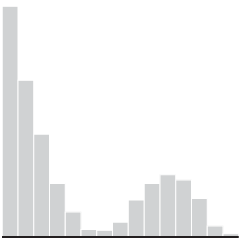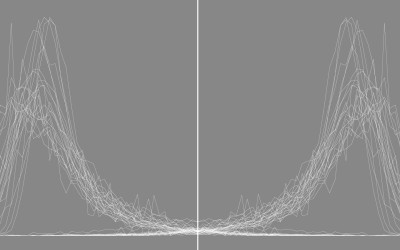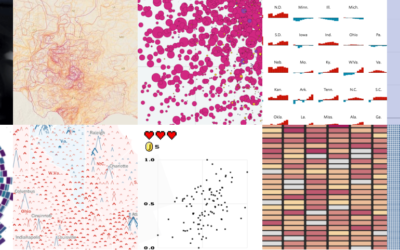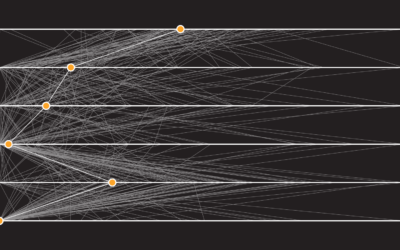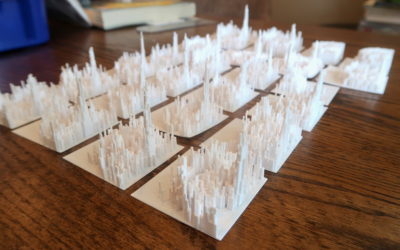Shifting Parent Work Hours, Mom vs. Dad
Articles about stay-at-home dads and parents with even work loads might make it seem like dads are putting in a lot of hours in the household these days. Are they?
I was at the park with my son, and I overheard a couple of moms venting about how dads get too much credit for doing things that moms have always done. Like changing diapers or cooking dinner every now and then. I wanted to chime in and say wait a minute, but maybe those moms aren’t far off. I know many dads who work and the moms assume most of the childcare and housework duties, regardless if they have paid jobs or not.
So I wondered: Is it more common these days for dads to spend time with kids and work around the house? If so, is time spent that much different from decades past? How do dads’ times compare to moms’ times?
The charts below, based on data from the American Heritage Time Use Study and the American Time Use Survey, show hours spent with unpaid housework and childcare against hours spent at a job by moms and dads. More overlap means greater similarity between moms and dads.
Each chart shows two distributions, one color for dads and another for moms. The overlap between two distributions is shown with a mix of the two colors.
So in 1965, you see relatively little overlap with dads skewed to the left for fewer hours and moms spread over a wide distribution for varied hours. In contrast, around 90 percent of the dad respondents in 1965 said they worked versus only about a third of moms. Twenty years later, in 1985, more moms join the workforce, especially for part-time jobs, and hours for housework and childcare are partially replaced. The trend continues to 2005.
Finally, we get to 2014, the most recent year data was available, and there is much more overlap, compared to the distributions in 1965. That said, dad hours are still skewed heavily left. I’d have to look into it more, but part of this is because it’s more common for dads to work and moms to stay at home with the kids than vice versa. Another part is culture. How much each part contributes requires more digging.
 Counting the Hours
Counting the Hours
Here’s how much time everyone spends doing other activities.
Nerd Notes
- Data for 1965 and 1985 comes from the American Heritage Time Use Study and data for 2005 and 2014 comes from the American Time Use Survey. Both are made more manageable by the Integrated Public Use Microdata Series managed by the Minnesota Population Center.
- I analyzed and tabulated in R and made the visualization with d3.js.
- Mike Bostock’s population pyramid that shows overlapping distributions was a starting point.
- Both time use studies cover all days of the week, but I only looked at weekday hours in an effort to focus on work. Also, the charts above only show distributions for people who engaged the activity.
Become a member. Support an independent site. Get extra visualization goodness.
See What You Get
